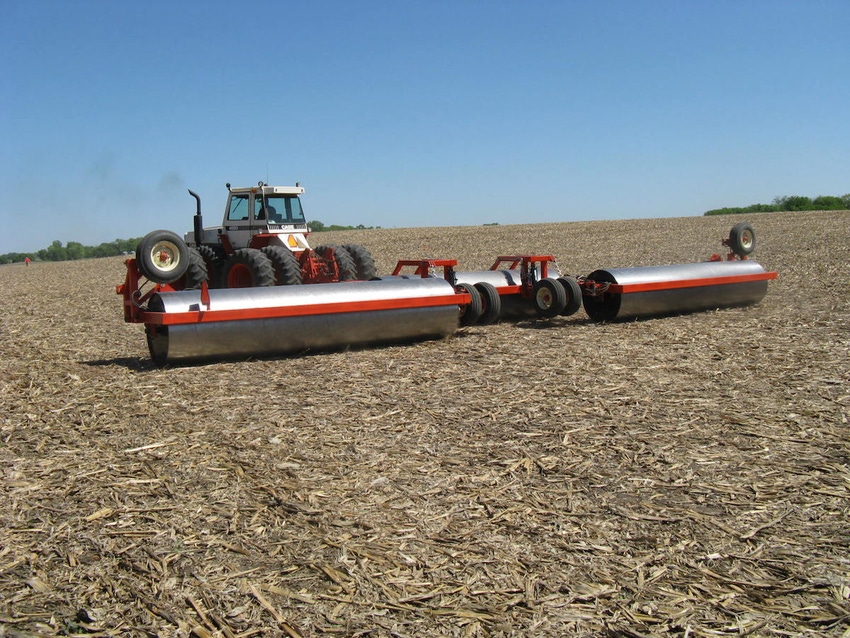
If a farmer rolls soybeans, most like to roll their soybeans right after planting. However, this is not always possible. Sometimes it rains, keeping equipment out of the field, and before long, the soybeans have emerged. Every spring I receive calls about timing of ground rolling.
With the help of my colleagues, five different farmers, and roller reps, we conducted a 3 year study on the timing effects of rolling soybeans. We rolled right before planting, right after planting, at 50% emergence, 1st full trifoliate (V1), and 3rd full trifoliate (V3). We used the farmer’s equipment and full fields for this research. Most of our cooperating farmers had smooth rollers, one had a notched roller, and 2 had flexi-coil packers (spiral roller).
All fields had similar results regardless of roller type – they could safely roll to V3 without affecting the yield. However, the number of damaged plants increased the later we waited to roll. To lessen the risk to yield, I would recommend rolling no later than V1. ISU did a similar study where they rolled as late at V6 and they experienced a yield loss.
Tips to remember when rolling emerged soybeans:
Roll later in the afternoon when the plants are more flexible.
The more residue in the field, the more protected the soybean plant from the roller.
If the stem breaks below the cotyledon, it’ll die.
If the plants are sticking to the soil, stop rolling.
Get out after the first pass to assess damage.
Get more information from the University of Minnesota Extension.
 More about rolling soybeans:
More about rolling soybeans:
Challenges and benefits of rolling soybeans
About the Author(s)
You May Also Like






